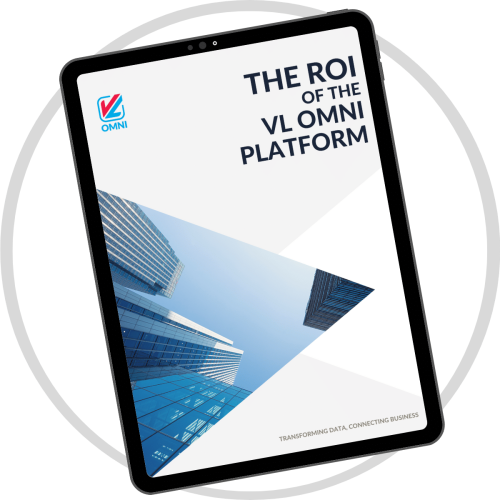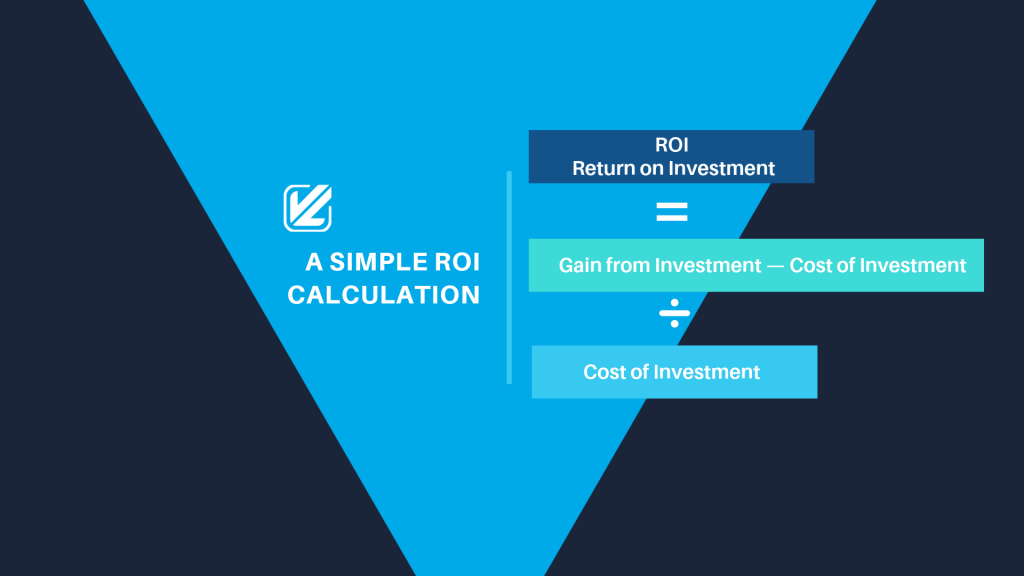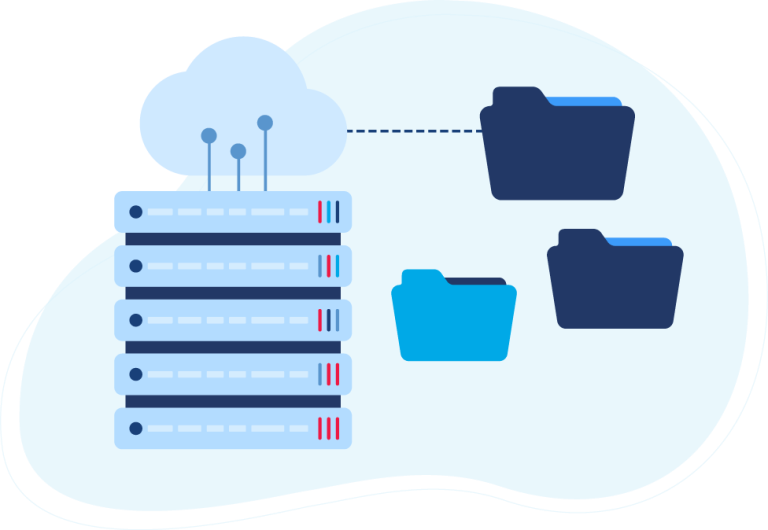What’s the ROI of VL OMNI’s Platform?
Great data integration like what VL OMNI’s agile and scalable platform provides our Merchant base with doesn’t just eliminate inefficient processes by moving data in sleek, automated ways. The VL OMNI Platform delivers ROI to our Merchant users in a variety of ways including saving time and money by building in considerable automation and efficiencies, improved customer experiences and social impact, and better internal team morale. Because the VL OMNI Platform consults to configure the integration ecosystem exactly to each Merchant’s specific needs and business rules, ROI can vary from Merchant to Merchant.
Overall, ROI for Merchants using VL OMNI to integrate their applications and automate their data delivery can be broken down into two groups:
- ROI from replacing lesser integration solutions
- ROI from unifying disparate systems
The two aren’t mutually exclusive, and a single project for a Merchant can involve both.

The central challenge of multichannel commerce has always been how to cut costs while increasing the return on investment. With a major focus on growth, while reducing risk and costs, data integration is now, more than ever, a key strategic component to improving efficiency and accuracy while reducing costs.
This white paper breaks down the Return on Investment of VL OMNI’s managed data integration platform. Take a look at key statistics, the benefits of iPaaS managed services, a cost analysis of our platform and how VL OMNI can save your business time and money with agile and scalable data integration.
DOWNLOAD THE WHITEPAPER
It takes time to actualize ROI (Return on Investment). Even calculating ROI—a ratio of net profit over a period of time and the cost of the investment—isn’t a calculation to be done at only a single point of time, but instead, a measure to take at intervals to see if your investment is paying off. Now, this isn’t an article on how to calculate ROI; all this goes towards saying that a high ROI is a positive indication that your investment is paying off, while a low or negative ROI means you’ve likely exposed yourself to risk somewhere along the line. It’s a means to evaluate investments: did your strategy pay off, or fall short?
A simple ROI calculation
ROI (Return on Investment) =
(Gain from Investment – Cost of Investment) / Cost of Investment

But ROI isn’t all about dollars and cents on a balance sheet. ROI can include social return on investment. Social ROI includes all other, less-tangible, benefits like social impact.
At the end of the day, any ROI evaluation is a key part of risk management. Calculating, even roughly, your ROI in from a number of vantage points for your business is key to planning: it helps you better understand your business’ past efforts to improve output on future efforts.
Calculating the ROI of your data integration strategy is a highly recommended activity. It’s also an activity that should be done not once, but multiple times over the lifetime of your chosen solution as ROI can change over time as your business evolves and it often takes time for the impact of an integration implementation to percolate to the surface.
But calculating ROI for data integration isn’t quite as simple as plugging some numbers into the sample simple equation we shared above. Because data integration includes both hard, known spends over time but can also impact the social capital of your business significantly, calculating the Return on Investment on a data integration strategy and approach can be tricky.
ROI for Merchants on VL OMNI: The Numbers
17,000+
Average number of orders processed by merchants through VL OMNI
The impressive average number of 17,000+ orders processed by merchants through VL OMNI during the Black Friday Cyber Monday (BFCM) period in 2022 highlights the robust capabilities of the platform. This statistic showcases the scalability and efficiency of VL OMNI in handling high volumes of orders during one of the busiest shopping seasons. With VL OMNI’s integration solutions, merchants can confidently manage and fulfill a significant influx of orders, ensuring smooth operations and customer satisfaction.
By leveraging VL OMNI’s advanced technology and expertise, merchants can streamline their order processing workflows, automate data synchronization, and optimize their eCommerce operations. The ability to process such a large number of orders demonstrates VL OMNI’s commitment to providing reliable and scalable solutions that empower businesses to handle peak periods seamlessly. Whether it’s during BFCM or other high-demand seasons, VL OMNI equips merchants with the necessary tools to efficiently manage their order fulfillment process and meet customer expectations effectively.

You can save $55,000-200,000+ in OPEX and CAPEX by partnering with
VL OMNI over DIY and plug-and-play portals;
Partnering with VL OMNI can lead to substantial cost savings, with businesses potentially saving anywhere from $55,000 to $200,000 or more in OPEX (operating expenses) and CAPEX (capital expenses). This significant cost reduction stems from the advantages offered by VL OMNI’s integration solutions compared to DIY approaches or plug-and-play portals.
When businesses attempt a DIY integration, they often underestimate the complexities involved in connecting multiple systems and managing data synchronization. This can result in costly development expenses, ongoing maintenance costs, and potential errors or inefficiencies in the integration process.
In contrast, by partnering with VL OMNI, businesses gain access to a team of experts who specialize in seamless multichannel integration. VL OMNI handles the intricate technical aspects, reducing the need for dedicated in-house resources and saving on development and maintenance expenses.
Furthermore, plug-and-play portals may appear convenient at first glance, but they often come with substantial subscription fees and limitations on customization. These fees can quickly add up, especially as businesses grow and scale their operations. VL OMNI, on the other hand, offers a cost-effective alternative by providing tailored integration solutions that align with specific business needs. This flexibility allows businesses to optimize their integration processes while avoiding unnecessary expenses associated with rigid plug-and-play solutions.

How much are you spending on ineffective integration solutions?
In-house DIY can cost $100,000-$200,000+/year; plug-and-play will run you $105,000+/year.
If you’re currently grappling with ineffective integration solutions, it’s essential to consider the substantial costs involved. In-house DIY integration approaches can be incredibly expensive, with businesses potentially spending $100,000 to $200,000 or more per year. These costs include not only development and maintenance expenses but also the allocation of valuable in-house resources to manage the integration process. On the other hand, plug-and-play solutions may seem more convenient initially, but they often come with hefty annual fees of around $105,000 or higher, and they may lack the customization and flexibility necessary to meet specific business requirements.
With VL OMNI? A fraction of the price with the power of 30+ years of integration expertise on your side. This combination of affordability and experience ensures that businesses can optimize their operations without breaking the bank. By leveraging VL OMNI’s comprehensive integration services, businesses can save a substantial amount of money while benefiting from a reliable and efficient solution tailored to their unique needs.
 D365 Business Central
D365 Business Central Netsuite
Netsuite


